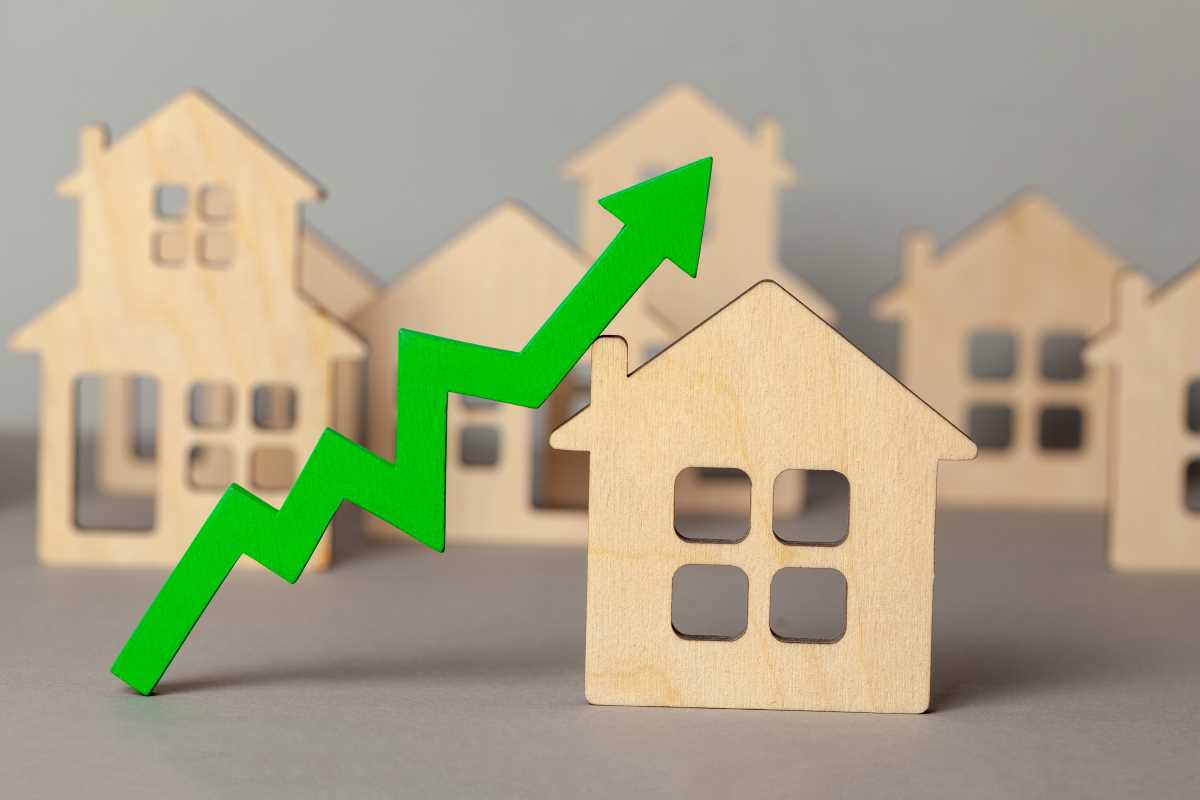In today’s fast-paced world, saving money is more important than ever. With rising costs and economic uncertainty, finding ways to cut expenses without sacrificing comfort or convenience is a top priority for many households. Fortunately, advancements in smart home technology have made it easier than ever to reduce energy consumption, streamline daily tasks, and ultimately hit your savings goals. From thermostats that learn your habits to appliances that optimize energy use, these devices are not just gadgets, they’re investments in your financial future.
Smart Thermostats
One of the most effective ways to save money at home is by reducing your energy bills, and smart thermostats are leading the charge in this area. These devices go beyond simple programmable thermostats by learning your schedule, preferences, and even the weather patterns in your area. Brands like Nest and Ecobee have become household names, offering thermostats that automatically adjust the temperature when you’re away or asleep, ensuring you’re not wasting energy when it’s not needed.
For example, if you typically leave for work at 8 a.m. and return at 6 p.m., a smart thermostat will lower the heating or cooling during those hours to save energy. Over time, these small adjustments can add up to significant savings. According to the U.S. Department of Energy, homeowners can save up to 10% annually on heating and cooling costs by simply turning their thermostat back 7–10°F for 8 hours a day. With a smart thermostat, you don’t even have to think about it, the device does the work for you.
Additionally, many smart thermostats provide detailed energy reports, allowing you to track your usage and identify patterns. This data can help you make informed decisions about your energy consumption and further optimize your savings. For those looking to hit their savings goals, a smart thermostat is a no-brainer.
Energy-Efficient Smart Lighting
Lighting is another area where smart home devices can make a big impact on your wallet. Traditional incandescent bulbs are energy hogs, consuming far more electricity than necessary and driving up your utility bills. Smart lighting systems, such as those from Philips Hue or LIFX, use LED technology, which is up to 80% more energy-efficient than traditional bulbs.
But the benefits don’t stop there. Smart lighting systems allow you to control your lights remotely via a smartphone app or voice commands through assistants like Alexa or Google Home. This means you can turn off lights you accidentally left on when you’re away from home, ensuring no energy is wasted. You can also set schedules or routines, such as having your lights automatically dim in the evening or turn off at a specific time.
Some systems even include motion sensors, which can detect when a room is occupied and adjust the lighting accordingly. For instance, if you walk into the kitchen, the lights will turn on, and when you leave, they’ll turn off after a set period. This hands-free approach not only adds convenience but also ensures you’re not paying for lighting you don’t need.
By switching to smart lighting, you’ll not only reduce your energy consumption but also extend the life of your bulbs, saving you money on replacements. It’s a win-win for your wallet and the environment.
Smart Plugs and Power Strips
Did you know that many of your electronics continue to draw power even when they’re turned off? This phenomenon, known as phantom load or standby power, can account for up to 10% of your energy bill. Smart plugs and power strips are simple yet effective solutions to this problem.
Devices like the TP-Link Kasa Smart Plug or the Belkin WeMo Insight allow you to control your appliances remotely and set schedules for when they should be powered on or off. For example, you can program your coffee maker to turn on only in the morning or ensure your TV and gaming console are completely off when not in use. Some smart plugs even provide energy monitoring, so you can see exactly how much power each device is consuming.
Smart power strips take this concept a step further by cutting power to multiple devices at once. For instance, if you have a home office setup with a computer, printer, and monitor, a smart power strip can turn off all these devices with a single command or when the main device (like your computer) is powered down. This eliminates phantom loads and ensures you’re not paying for electricity you’re not using.
By incorporating smart plugs and power strips into your home, you can take control of your energy usage and eliminate unnecessary expenses. It’s a small change that can lead to big savings over time.
Smart Appliances
When it comes to saving money, your household appliances play a significant role. Traditional appliances can be energy-intensive, but smart appliances are designed with efficiency in mind. From refrigerators to washing machines, these devices use advanced technology to minimize energy and water consumption while still delivering top-notch performance.
Take smart refrigerators, for example. Models from brands like Samsung and LG feature sensors that adjust the temperature based on the contents and usage patterns. They also alert you if the door is left open or if there’s a potential issue that could lead to energy waste. Similarly, smart washing machines can optimize water levels based on the size of the load and even suggest the most energy-efficient wash cycle.
Dishwashers are another area where smart technology shines. Many modern models include features like soil sensors, which detect how dirty your dishes are and adjust the wash cycle accordingly. This not only saves water and energy but also ensures your dishes come out spotless every time.
While smart appliances may have a higher upfront cost, the long-term savings in energy and water bills can make them a worthwhile investment. Plus, many utility companies offer rebates or incentives for upgrading to energy-efficient appliances, further reducing the cost.
Water-Saving Smart Devices
Water is a precious resource, and reducing your water usage can lead to significant savings on your utility bills. Smart home devices like leak detectors and smart irrigation systems can help you conserve water and avoid costly repairs.
Leak detectors, such as those from Moen or Flo by Moen, monitor your home’s water usage and alert you to potential leaks before they become major problems. A small leak might not seem like a big deal, but over time, it can waste thousands of gallons of water and lead to expensive damage. By catching leaks early, you can save money on both your water bill and repair costs.
For homeowners with lawns or gardens, smart irrigation systems are a game-changer. Devices like Rachio or RainMachine use weather data and soil sensors to determine the optimal watering schedule for your plants. This ensures your lawn gets the water it needs without overwatering, which can lead to higher bills and wasted resources.
Some systems even allow you to control your irrigation remotely, so you can adjust the schedule if rain is in the forecast or if you’re going on vacation. By using water more efficiently, you’ll not only save money but also contribute to conservation efforts.
Key Takeaways for Saving with Smart Home Devices
- Smart thermostats can save up to 10% on heating and cooling costs by optimizing temperature settings.
- Smart lighting systems use energy-efficient LEDs and allow for remote control and scheduling.
- Smart plugs and power strips eliminate phantom loads by cutting power to devices when not in use.
- Smart appliances reduce energy and water consumption while offering advanced features.
- Water-saving devices like leak detectors and smart irrigation systems help conserve water and prevent costly damage.
By integrating these smart home devices into your daily life, you can take control of your energy and water usage, reduce your utility bills, and hit your savings goals with ease. These technologies are not just about convenience, they’re about making smarter choices for your home and your wallet. So why wait? Start investing in your financial future today with smart home devices that pay for themselves over time.
 (Image via
(Image via





